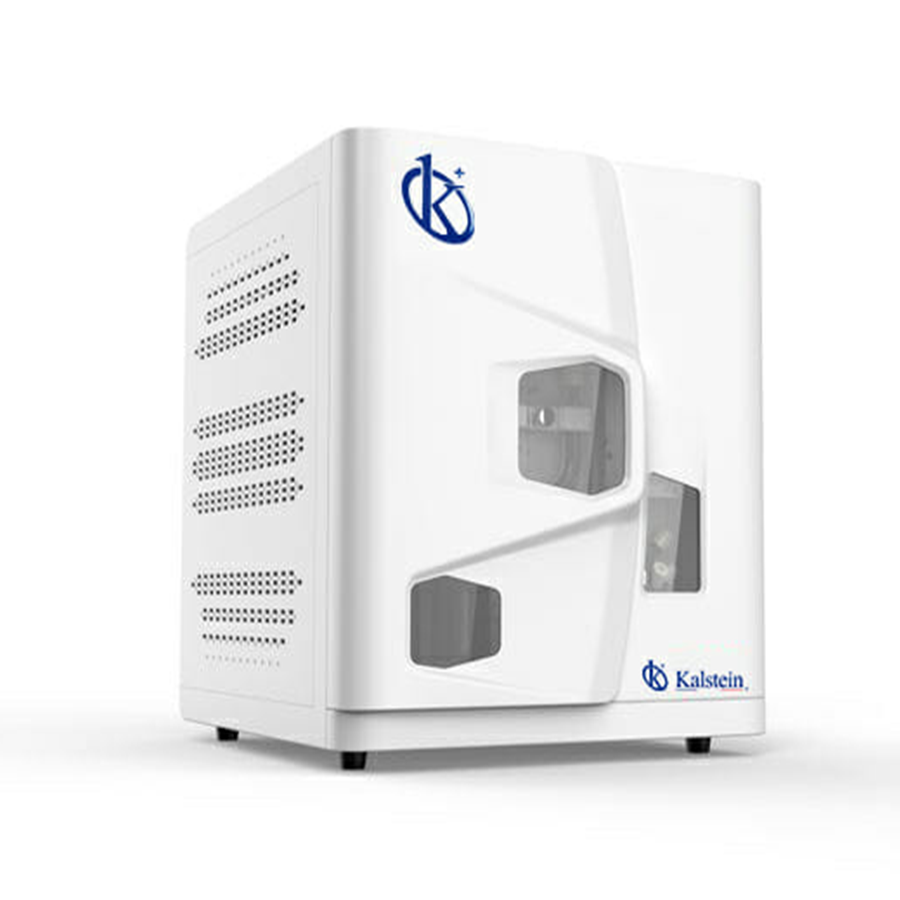Choosing the right laboratory equipment can be a grueling task, especially when there are so many manufacturers and models to choose from. In this article, we will do a detailed comparison between two devices for measuring organic elements, the KALSTEIN YR04950-1 and the SHIMADZU TOC-L SERIES, to facilitate your buying or selling choice.
Measurement Method
The KALSTEIN YR04950-1 uses a high temperature catalytic combustion that can reach up to 1000℃ to analyze samples, while Shimadzu’s TOC-L SERIES uses a catalytic oxidation combustion at 680℃. Although both use a similar method, KALSTEIN’s ability to reach higher temperatures could be beneficial for some applications that require intensive heating.
KALSTEIN has an impressive measuring range of 0-50,000mg/L comparable to Shimadzu’s range of 4 μg/L to 30,000 mg/L. Both use an NDIR detector, which allows for high precision and detection at low levels. However, KALSTEIN can more effectively detect higher amounts of substances, offering an advantage for those laboratories that need broader measuring capabilities. https://kalstein.pl/product/total-organic-carbon-analyzer-yr04950-1/
Sample Injection and Operational Method
Both devices offer autosamplers as an option and are operated by PC. However, SHIMADZU TOC-L SERIES allows operations through a built-in keyboard, giving it a slight edge in terms of versatility.
As for applicable samples, KALSTEIN equipment only supports liquid samples, unlike Shimadzu that accepts liquid, gas, and solid samples. However, KALSTEIN is working on offering 21 CFR 11 compliant support, putting it on par with Shimadzu in terms of regulatory compliance.
Special Features
KALSTEIN stands out by offering two types of catalysts; cerium oxide for standard samples and platinum catalyst for samples with high salt content. It also offers essential automatic functionalities such as acid addition, dilution, and gas purging, which can save time and minimize errors in the laboratory.
On the other hand, Shimadzu offers additional options for POC, TN, which can be beneficial for applications requiring these measurements.
Given the above points, KALSTEIN equipment appears to have a slight advantage in terms of measurement capability, features, and functionality. The price may vary, but in terms of the total manufacturer’s offer, KALSTEIN stands out. However, the final decision on buying or selling will depend on the specific needs of the laboratory.

